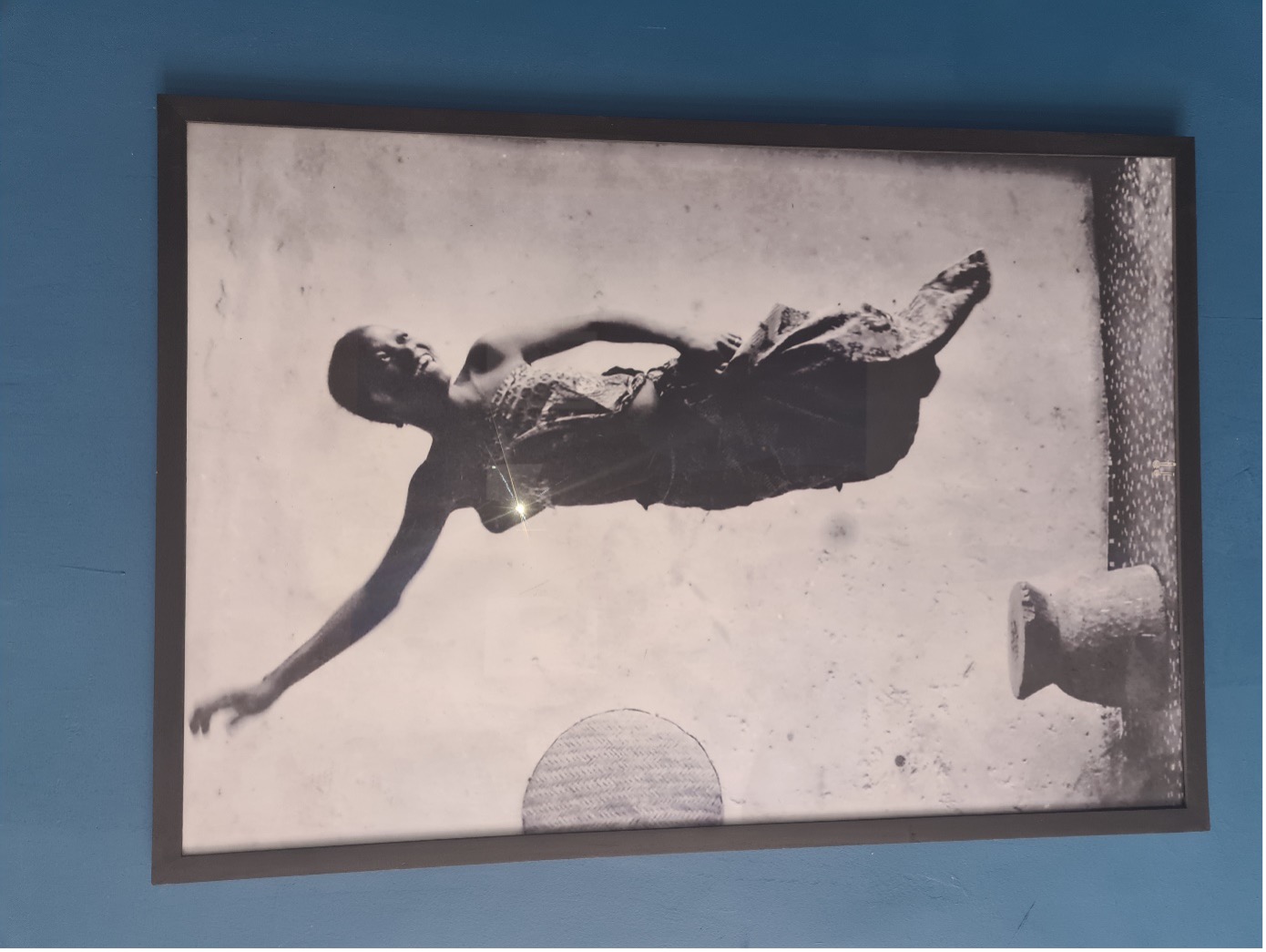The distinguished author looks back on a year of turmoil: on coups, wars and embargos, but also on artistic connection with the world.

Photography by Paul Kodio
Once again, the artists have braved an oppressive sky, a sky that hangs low, too low, so heavy is the load it bears …
Putting together the 2022 edition of the traditional gathering in Bamako to celebrate African photography was no easy feat. Since the previous edition, which was held in spite of the complex crisis that the country is undergoing, the sky above our heads had grown darker: Covid, a series of coups, wars, embargoes, the authorities falling out with the biennale’s traditional partners, a tendency for people to withdraw into themselves amidst the stench of a nationalism gone rogue, blind even and bent on self-destruction … “The sky’s canopy fell down to earth, with us inside. For my part, I followed the devil!” This is a kilissi, a magical incantation that is meant to save you from any kind of disaster. How often I have uttered it as I walk the streets!
But here it is, the 2022 edition of the African Biennale of Photography in Bamako. And never mind all those who propagated lightning and dry clouds, dust and barren fogs. We felt alone, so alone, because the world had abandoned us to our fate, cloistered away, in spite of all our lofty, passionate words. We were alone but all the same not so very disheartened!
So it has arrived then, even though we weren’t expecting it anymore. And perhaps because it took fright at the photographers with their cameras slung over their shoulders, the sky cleared immediately and reason supplanted blinding passions. The warriors and Amazons of light have flooded the streets and alleyways with images. Admittedly, not all these images are cheerful, but they reflect the world as it is and, most importantly, help us to get out of our puerile self-centeredness. We are not alone in the world. The whole world is not against us. Let us say this loud and clear!
The photos I have seen all oblige us to face up to things, to look at what’s going on with our planet and the people living on it. The earth is suffering more and more grievous blows, because of our misuse of it and the wars we wage, which could yet be avoided with a bit of reason and restraint, with a modicum of love for ourselves and for those who will come after us. But it is still beautiful, in spite of everything. It is still the only space we share with one another, the only space we have to live in. It has no color and no language. Its color and language are all of us, its inhabitants, both human and nonhuman.
And if we could take a few ecological measures that would protect the environment, if we could take better care of our planet, and hence of ourselves, earth could get back to the splendor she once knew or, indeed, become even more magnificent.
From the National Museum of Mali, where this edition of the biennale is being launched and whose walls it adorns with the many different faces of the world, to the African House of Photography—and taking in the Galerie Medina, the Lycée Ba Aminata Diallo (formerly the Girls High School in Bamako), and the walls around Mali’s Institut français: photographers from Mali, Africa, and the rest of the world will have illuminated Bamako with their images, “setting free the stars” (to paraphrase that other musical artist, Georges Brassens).
The 13th edition of the Bamako Encounters – African Biennale of Photography is on view at various venues in Bamako, Mali from 8 December 2022–8 February 2023.
Novelist, poet, storyteller, and writer of short stories, Ousmane Diarra was born in Mali in 1960, in a village in the heart of the Sahel. Having lost both his parents at the age of two, he quickly learned from school and from reading and writing that the limits of the world were not those of the village in which he was born, and that beyond its bounds, there were not just wild animals and man-eating sorcerers but other cultures and other human civilizations.
GIVING BACK TO THE CONTINENT
More Editorial